Once mostly a problem in industrialised countries, air pollution is now becoming a bigger threat to people all over the world. As climate change worsens, smog and bushfires occur more frequently, resulting in a higher number of air pollution deaths. This trend is especially frightening in towns with a large population, where millions of people breathe dirty air every day. Despite Australia's generally good air quality, the global health problem still affects the country. Bushfires, dust storms, and industry emissions can cause large increases in pollution, which is bad for public health.
Climate change is making the fires worse
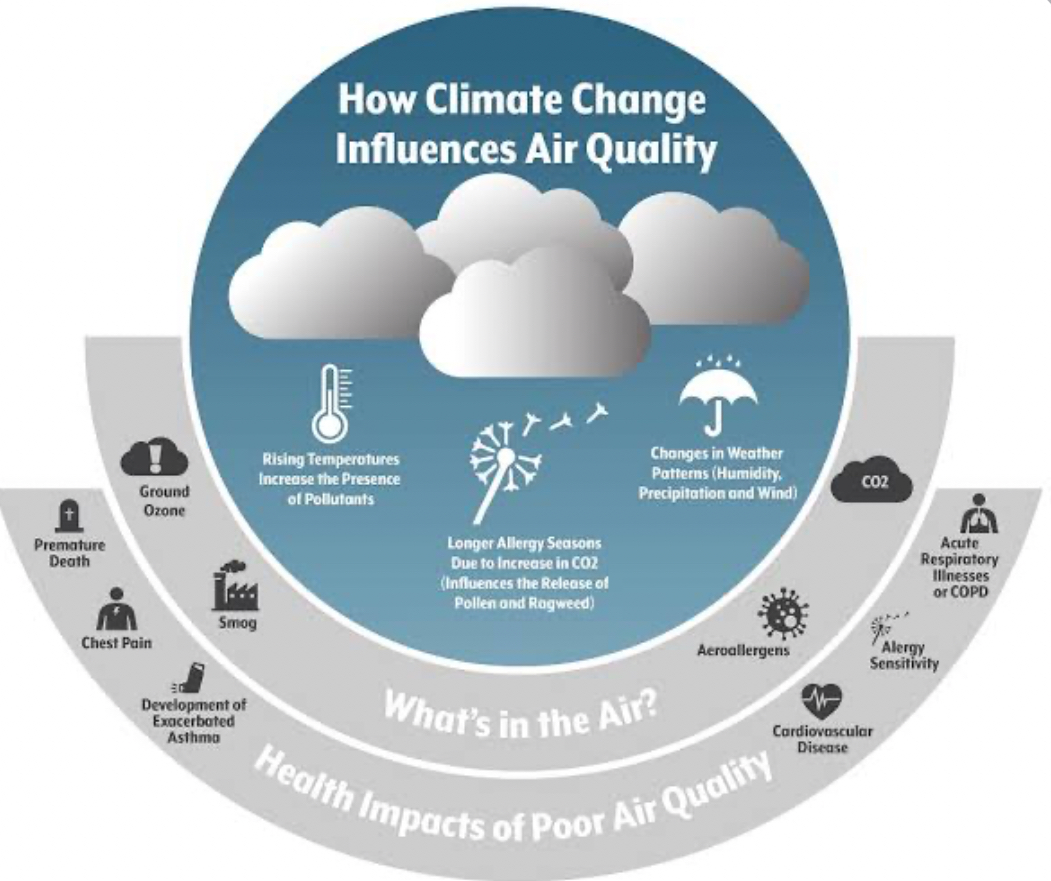
Climate change makes air pollution worse in significant ways. Rising temperatures trap dangerous pollutants closer to the ground, forming smog. Stronger and more frequent bushfires release large amounts of smoke and small particles into the air. These things work together to make a deadly mix. Every year, short-term exposure to high amounts of air pollution kills over a million people.
The Experience of Australia: Not Immune
Australia has some of the best air in the world; it meets the strict standards set by the World Health Organisation (WHO). But this doesn't show the whole story. Periodic pollution spikes occur in the country, primarily because:
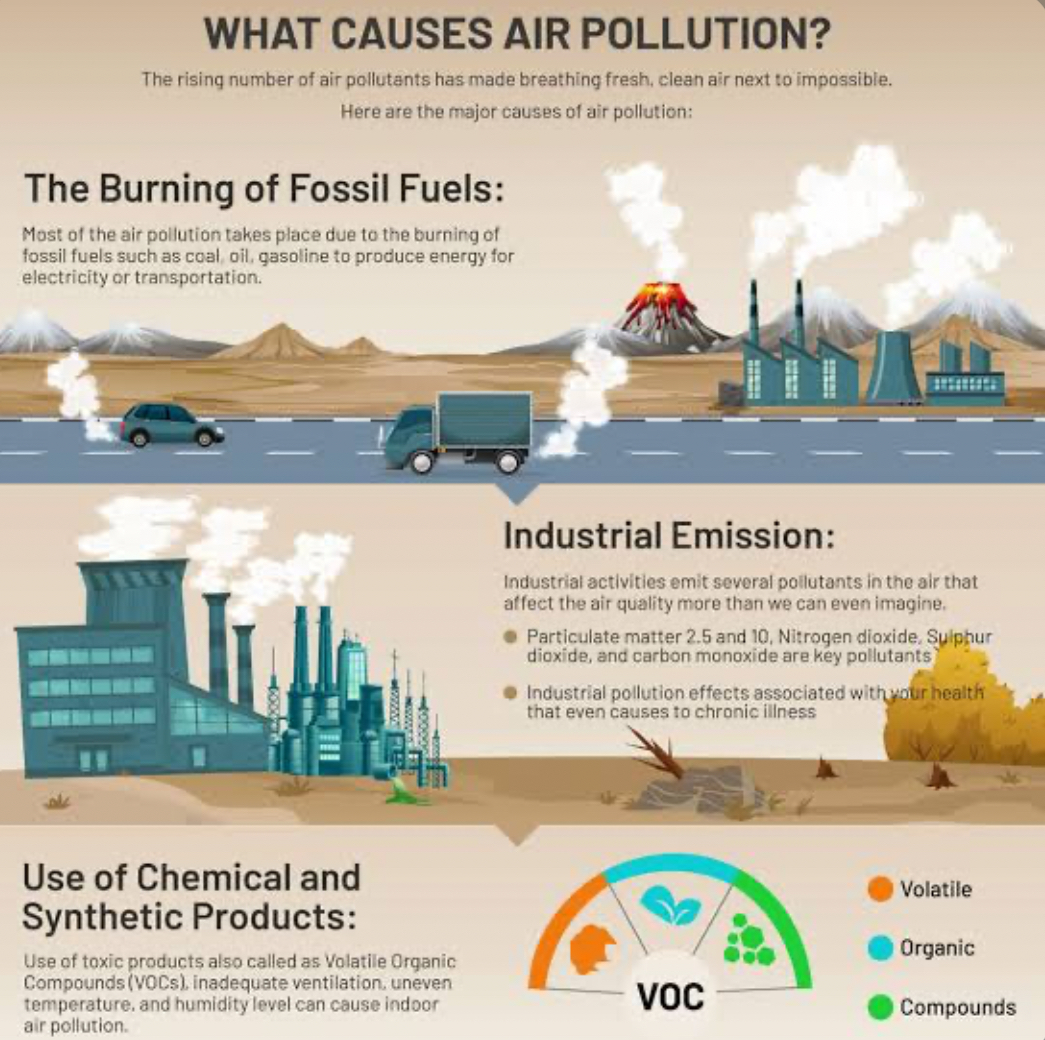
- Forest fires: The air quality gets a lot worse because of these events, especially the terrible "Black Summer" fires of 2019–2020. During this time, air pollution levels rose to 15 times the WHO's safe level. This caused over 3,000 hospitalisations for heart and breathing problems and an estimated 429 early deaths.
- Storms of dust: Dust storms caused by wind can cover large areas and lower the quality of the air for a short time.
- Emissions from Industry: Particularly in cities, factories and cars contribute to air pollution.
A silent killer for your health
Air pollution has effects that go far beyond making it hard to breathe. Particles smaller than a red blood cell, called fine particulate matter (PM2.5), are especially bad for you. They get deep into the lungs and even into the bloodstream, where they affect many organs.
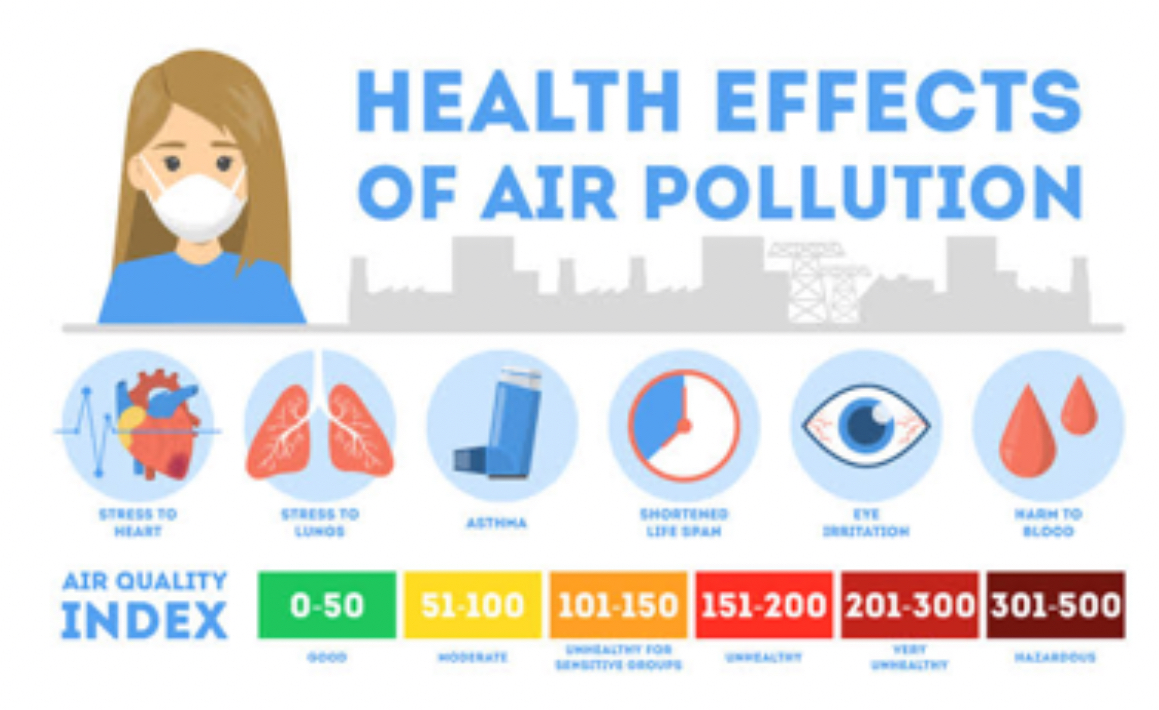
- Problems with breathing: Exposure to PM2.5 makes asthma worse, which causes coughing, wheezing, and a lack of breath.
- Risks for heart disease: Dirty air can damage blood vessels, increasing the risk of heart attacks and strokes.
- Vulnerable Populations: Children, pregnant women, and the elderly are among the groups most at risk from air pollution.
What's really happening around the world, and how bad is it?
Plagues that are still growing are the ones where air pollution is worst. Almost 80% of all deaths from air pollution happen in China and Africa. This is really bad. A new study found that short-term pollution spikes in cities and towns are very dangerous. Often, wildfires or dust storms are to blame for this kind of pollution. For kids, pregnant women, and older people, it can be very dangerous.
The study looked at how polluted more than 13,000 places around the world were and found some very bad stuff:
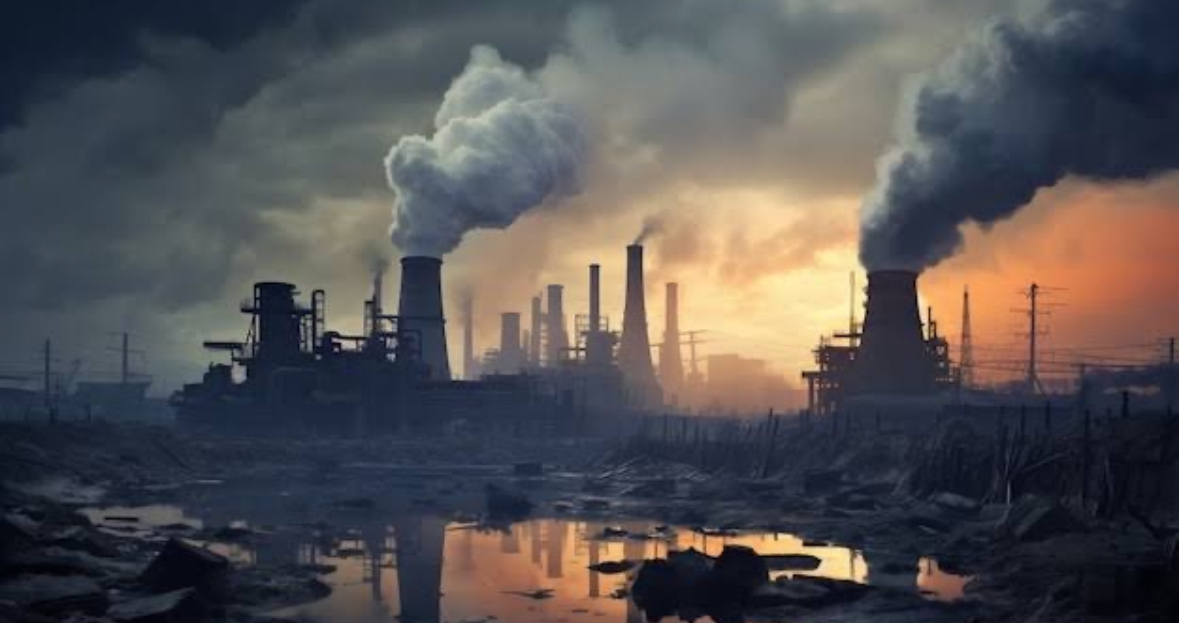
- Asia: China is the worst place for PM2.5 deaths. In Bangladesh, India, and Pakistan, too, the number of deaths caused by dirty air has gone up very quickly.
- France and South Africa: These places are right behind Asia when it comes to the number of deaths caused by air pollution.
- America: The effect isn't as strong here, but you can still tell it's there.
What Australia Did: A Reason to Be Worried
Australia has a low number of deaths directly linked to PM2.5, but there is a worrying trend. Between 2000 and 2019, 40% more people died because of short-term air pollution events. This rise is happening at the same time that bushfires and dust storms are getting worse and more frequent.
Solutions: Breathing easier
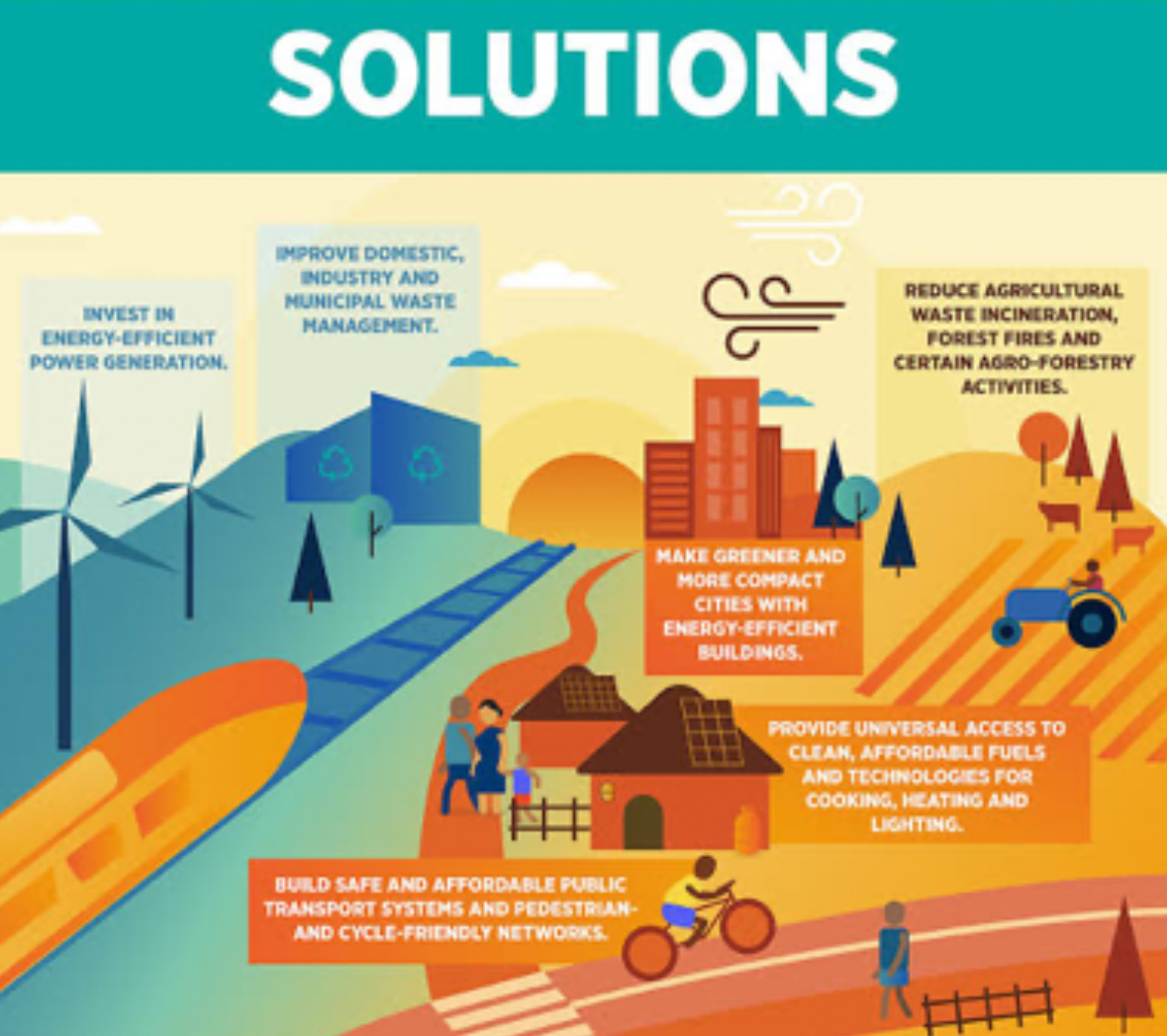
Getting rid of air pollution needs more than one strategy:
- Getting rid of emissions: important steps include switching to cleaner energy sources like solar and wind power, making energy use more efficient, and putting more restrictions on industry emissions.
- Be prepared for an emergency. Making plans to limit the number of cars on the road, stop unnecessary industrial activity, and maybe even close schools during times of high pollution can help protect public health.
- Making people aware: peoples can make smart choices about their health when they have access to information about air quality levels and safety measures. This includes knowing about air quality warnings, wearing masks when needed, using air purifiers inside, and limiting activities outside when pollution levels rise.
Finally, a call to action
Air pollution is becoming a bigger health risk all over the world, including in Australia and many other places. This problem is very important, and we need to work together to fix it. By cutting down on pollution, making emergency plans, and getting the word out, we can make everyone's future healthy and cleaner. Let's make sure that the air we breathe doesn't endanger people.
Image Source: Multiple Agencies
© Copyright 2024. All Rights Reserved Powered by Vygr Media.



















